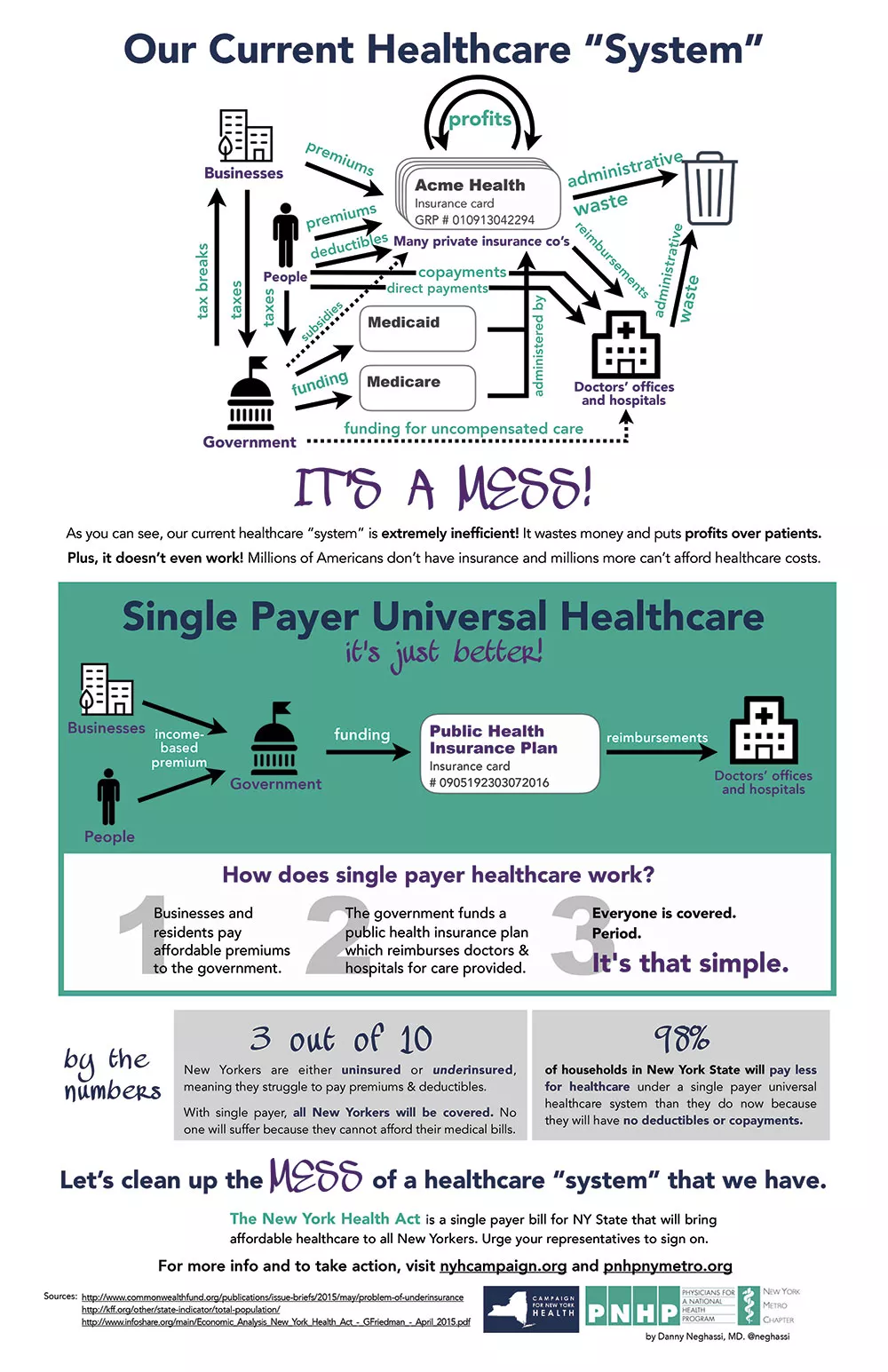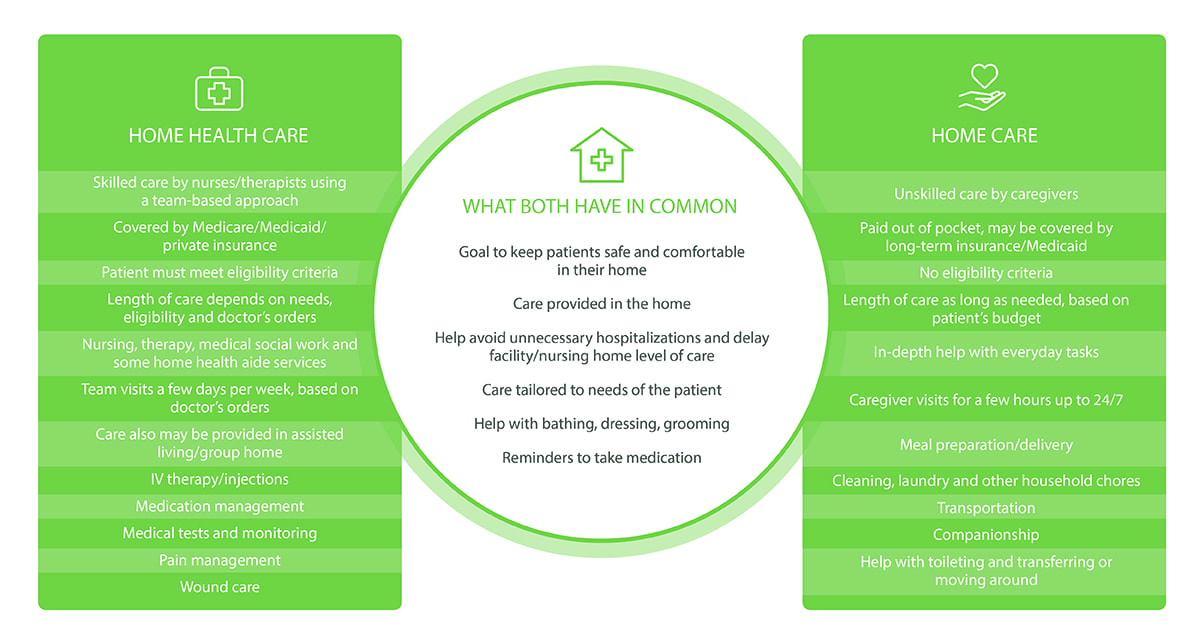There are 2 ways that I could have invested two times as much on doughnuts. I could have bought two times as lots of doughnutsI might have bought the same number of doughnuts but got truly fancy ones and paid two times as much, or some mix thereof. Right? If we're spending twice as much as other high-income nations, we're achieving that by either doing two times as much healthcare, paying two times as much for the very same quantity of healthcare, or some combination.
Overall spending is amount times cost. This notion that we're excessive using healthcare, that we're doing so much to our patients, we're providing so much healthcare, that's why we invest so much. All the policy stuff is about trying to minimize that overuse, our culture of overuse. I would state that much of the policy focus has been on the amount side of things.
Let's take a look at the data. One hypothesis I typically hear is, as an American culture, we are fast to go the doctorat the drop of the hat, I get a little discomfort, Americans are off to see the doctor. We initially ask the question, let's take a look at medical professional visits per capita (how to get free health care).
This is physician sees per capita in a given year: The mean is about 6. 6, and the United States has to do with four. By the way, in Japan, the mean is 13. The typical Japanese sees their physician more than once a month. For every single 24-year-old who hasn't gone in four years, there are people who are going every other week.
The 9-Minute Rule for Which Of The Following Was Not Included In The Congressional Plans For Health Care Reform?
6 and we're an excellent bit below that. We're not seeing the physician as much as these other nations. Then individuals take a look at that and state, "Ah, maybe the problem is insufficient. Inadequate prevention, insufficient medical care, and it's all leading to too numerous hospitalizations. The problem is overuse of hospitals.
We stated, let's look at medical facility discharges per population. And here is the mean, right, 149 per thousand population. And here is the United States: a bit second-rate. Surprisingly, Germany appears like a bit of the outlier, where hospitalizations per population are much, much greater. The other thingso this is simply hospitalizations, right? Hospital discharges per populationanybody have a sense of how our lengths of stay compare to those of other countries, these other countries? We're way much shorter, method shorter.
is? Yeah, 3. In the Medicare population it resembles four, 4 and a half, since they're a little bit older, but in the 3 to four days. In Japan, about 14. Right? I was in Japan a couple of years ago checking out a community health center. It was remarkable to me. There were patients sitting around playing cards around a table.
Right? It resembles they got the 4 days of IV, then they changed to the oral, and now we're simply observing them two days post-oral prescription antibiotics, just making sure they're fine. It's interesting in terms of, if you think of it: less hospitalizations, much shorter lengths of stay. And what you understand is we spend far less days in the hospital than any other high-income nation.
How A Health Care Professional Is Caring For A Patient Who Is About To Begin Using Betaxolol can Save You Time, Stress, and Money.
The third, on this overutilization Drug Rehab bit is that, the problem is we do a lot of tests and treatments. I put a little asterisk in there to advise myself to make a point, which is, obviously, when you speak about we do a lot of tests and treatments, a huge part of that hypothesisa big part of the driving element in the policy world, and I'm happy to enter into more on thisis the sense that the problem is that the physicians in Americawe're simply out there overtesting, overprocedurizing, cost for service.
So, let's take a look at some empirical information, and there's a bit of assistance for a few of this and not a lot for Rehabilitation Center others, however let's appearance at the information. MRIs. MRIs, we are high. Sure, we have more MRIs per population than average, however not some crazy outlier. Knee replacements, here we really are top.

We have more obesity than practically all of these countries, actually, than any of these countries, so it's not a total surprise that we're going to get more knee replacements. Hip replacements, I anticipated similar numbers on hip replacements. I said, "Oh, our knee replacements are high, our hip replacements are going to be high." Surprisingly, not so much.
Significance, again, we see Germany revealing up near the top, but we're really somewhat below par. Coronary angioplasty, a procedure that has actually gotten a great deal of attention for issues about overuse. Sure enough, we're a bit on the high side, and here's Germany again ... Once again, what we see is we're a little high up on some things however not necessarily others, and here's Germany on coronary angioplasty.
The 15-Second Trick For How To Get Health Care
healthcare cost is mainly https://writeablog.net/brettaqcgn/you-can-get-help-from-a-licensed-enroller-right-away about offering excessive care, about overutilization. Right? I do not see it. We have less hospitalizations, fewer physician visits - how much is health care. Tests and procedures, I see as a variety. Right? We do more MRIs, and knee replacements, and angioplasties. We do less hip replacements. The method I consider it is, when it comes to utilization of healthcare services, we're above average on some things, we're below par on other things, and typically, we're quite averageon utilization.
Another quick one, I'm going to just reveal you this information and after that keep going. Actually, this is one I've even said publiclywithout information and it turns out I was wrongthe one idea that has actually turned up over and over again is that all these countries are primarily main care, we're mostly professionals, and that the specialist-primary care doctor mix is off.
Then the very first time my colleaguesI remember they came into my office and they stated here's the data on specialized mixand the data was that here was the mean across these countries, and here was the U.S., right in the middle. I didn't think it. I just thought this can't be right.
The proportion of physicians who are medical care, and on the right is Sweden and Denmark, where it's only 2233% in France, 54% of doctors are primary carethe greatest difficulty with this statistic is everyone calls it all various terms. Is it family doctors? Is it generalists? Is it primary care medical professionals? What we did was we stated, we do not care what you call it, let's talk about what people are really performing in the workplace.
Excitement About What Would Single Payer Health Care Cost
And then we went to both national stats offices of each of these countries as well as three to 5 specialists from each country, and we showed them their data (how does the health care tax credit affect my tax return). I keep in mind speaking with the people from Switzerland and stating, "Hey, we find that 48% of your physicians are main care, based on this definition.
The 43% for the U.S. comes from the Kaiser Family Structure, which is an outstanding source of information, utilizing the AMA Masterfile nationwide service. There are other studies and information from the U.S. that put the number a little lower. We can have a dispute about which number is best, however this is our best at doing an apples-to-apples comparison. which of the following is a trend in modern health care across industrialized nations?.
